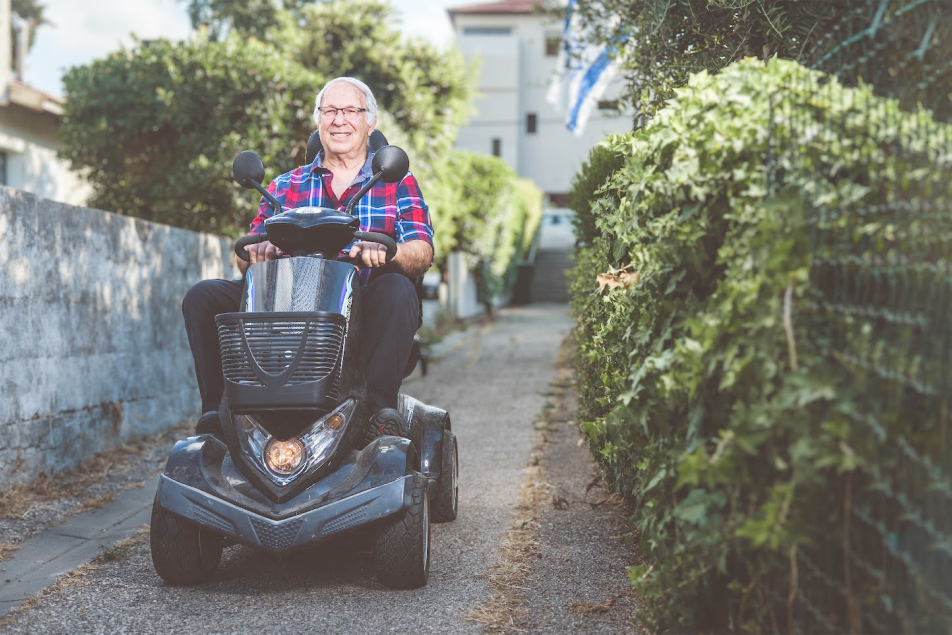Low Blood Pressure Caused by Position Change as a Fall Risk
Orthostatic Hypotension is a physical condition in which blood pressure drops following a change in position, for instance, from lying to a seating position, or from sitting to standing up, and it may even happen early in the morning (getting out of bed), after a heavy meal, or drinking alcohol, during a physical exercise, and in other situations.
When a sharp blood pressure drop occurs, less blood reaches the body organs and muscles, and consequently, a fall may occur.
Orthostatic Hypotension is a prevalent condition, but symptoms vary from person to person and some do not experience symptoms at all.
Common symptoms you should pay attention to
- Dizziness or lightheadedness.
- Feeling like "you are about to faint”, fainting or falling.
- Headaches, blurred vision.
- Blurring or confusion.
- Pressure on the cervical spine (back of the neck( or shoulder blades.
- Nausea, fever or sweating.
- Weakness or fatigue.
Orthostatic Hypotension symptoms may appear in the following conditions
- When changing position from lying to seating, or when standing up abruptly.
- In the morning, when blood pressure is usually low.
- After a large meal or drinking alcohol.
- While engaging in a physical exercise or fitness workout.
- When making an effort in the toilet.
- During illness.
- Following anxiety or pressure.
Risk factors related to Orthostatic Hypotension
- Hypertension.
- Diabetes.
- Cardiac insufficiency.
- Atherosclerosis.
- Malnutrition or risk of malnutrition.
- Substantial weight-loss.
- Medication intake, such as diuretic pills, antidepressants, or blood pressure medications (antihypertensives).
- Neurological conditions, such as Parkinson’s disease, or various types of dementia.
- Dehydration.
- Anemia or micronutrient deficiency, such as vitamin B12, or vitamin D.
- Alcohol consumption.
- Prolonged bedrest.

















